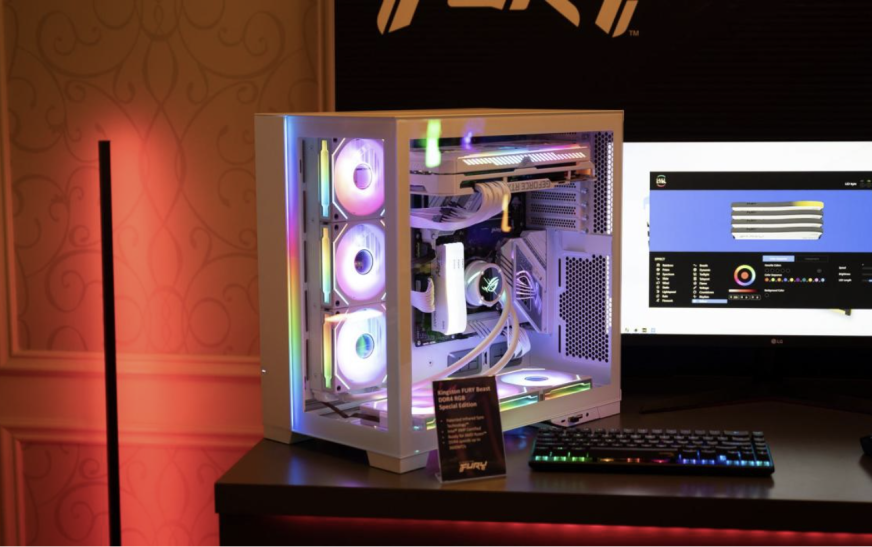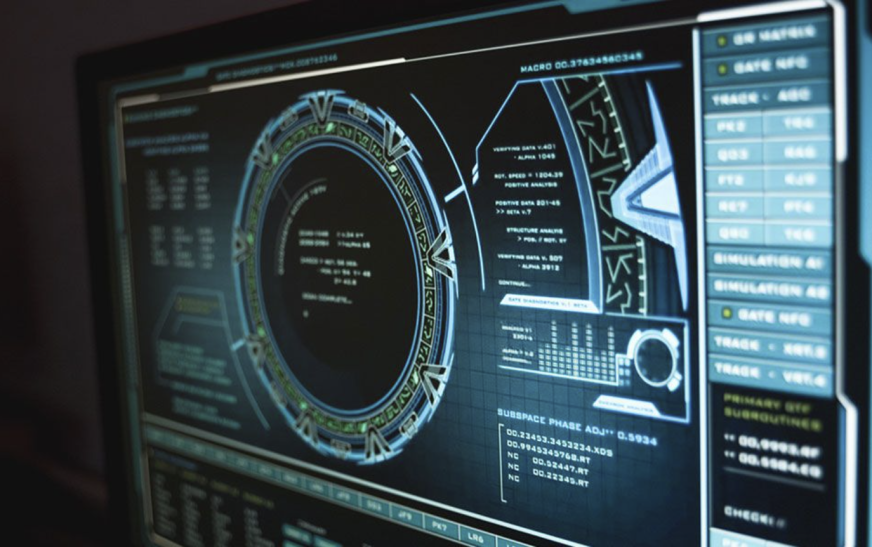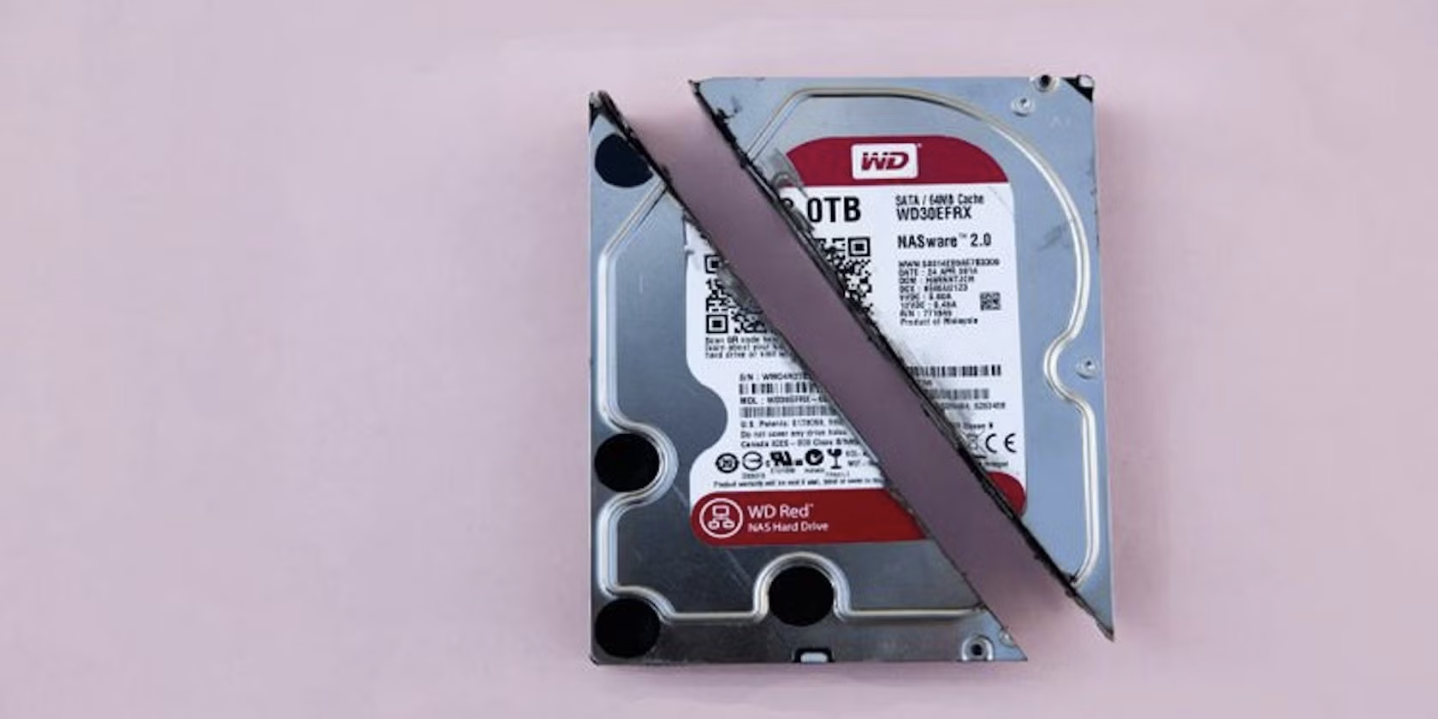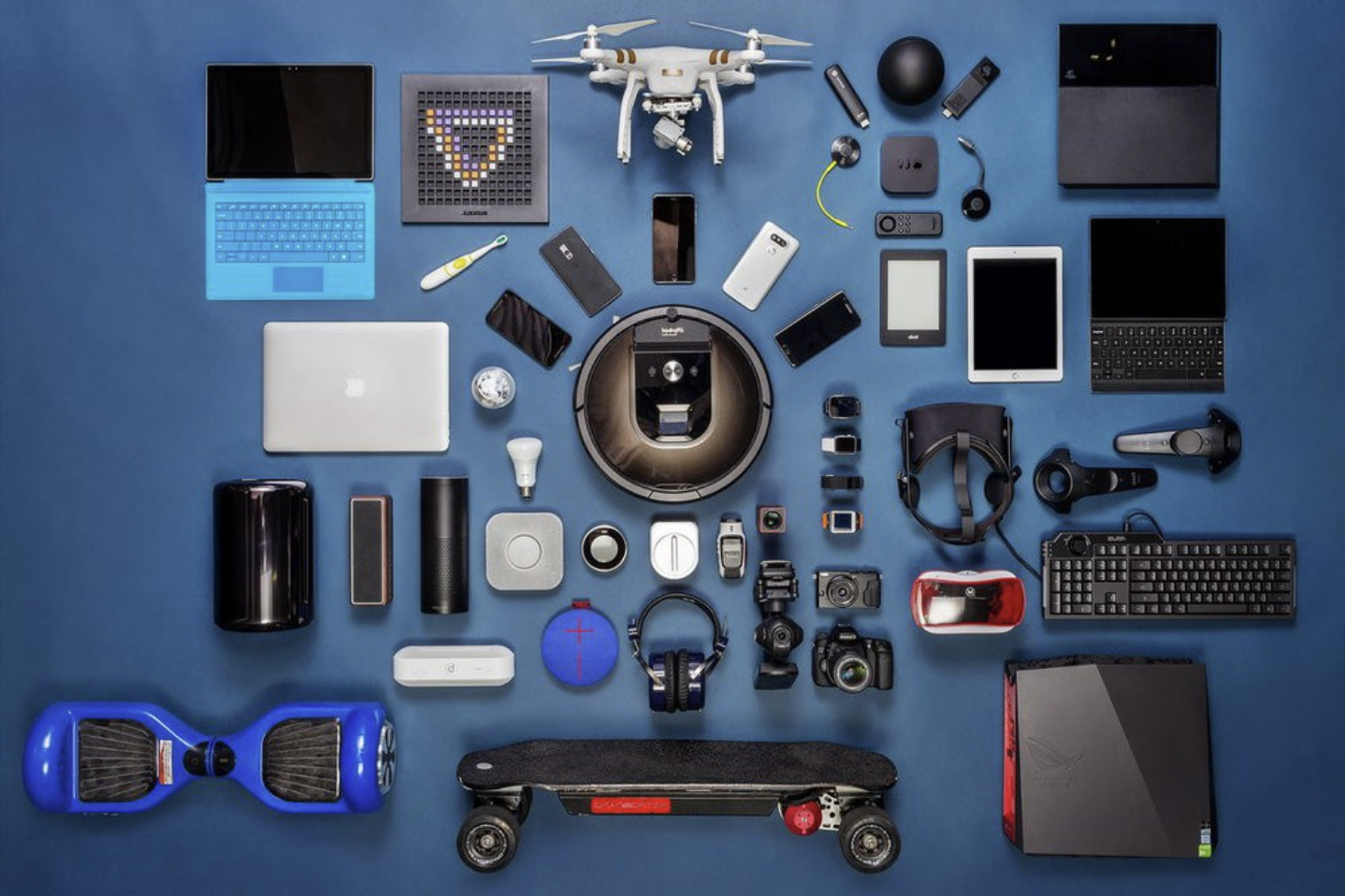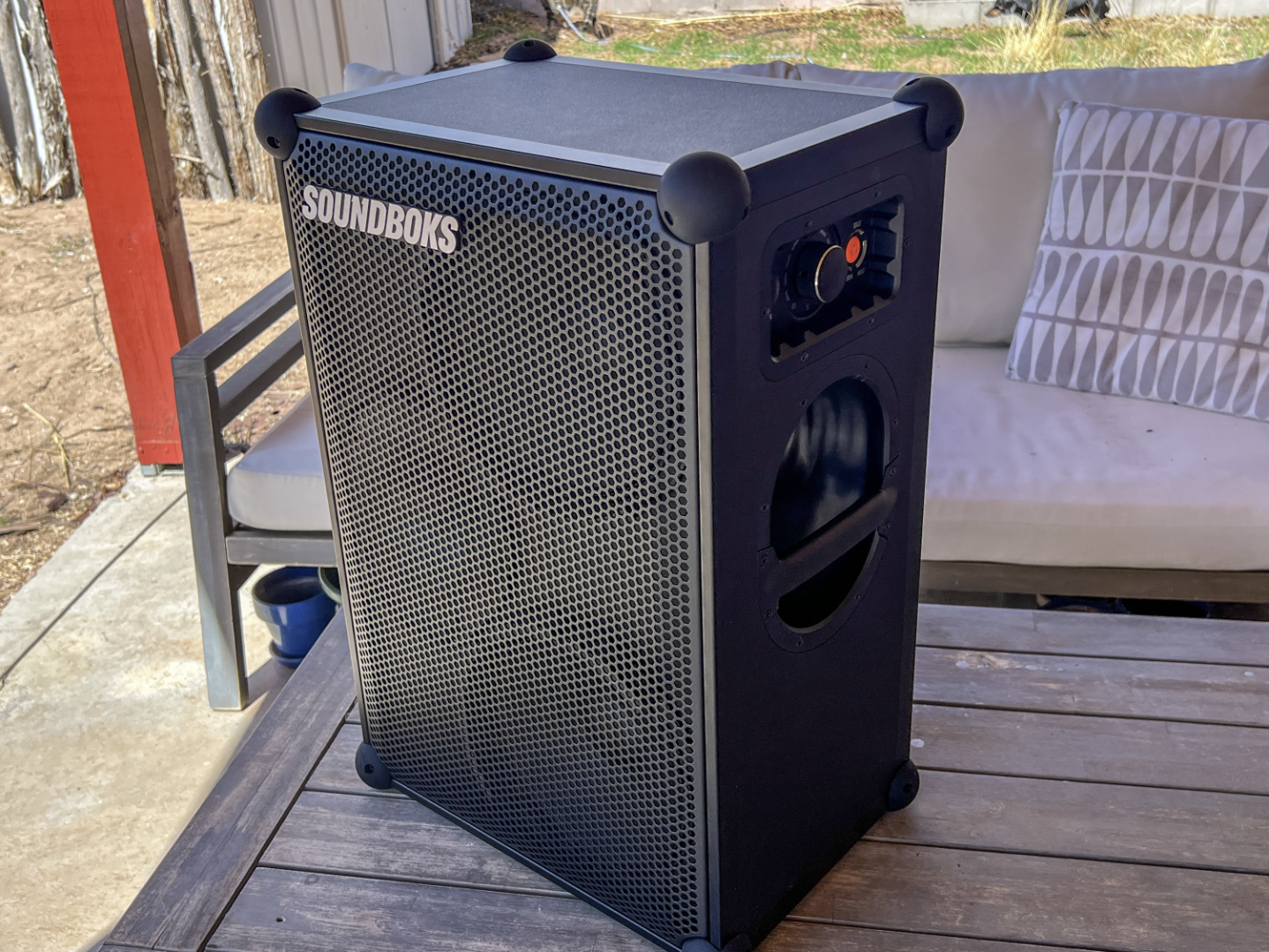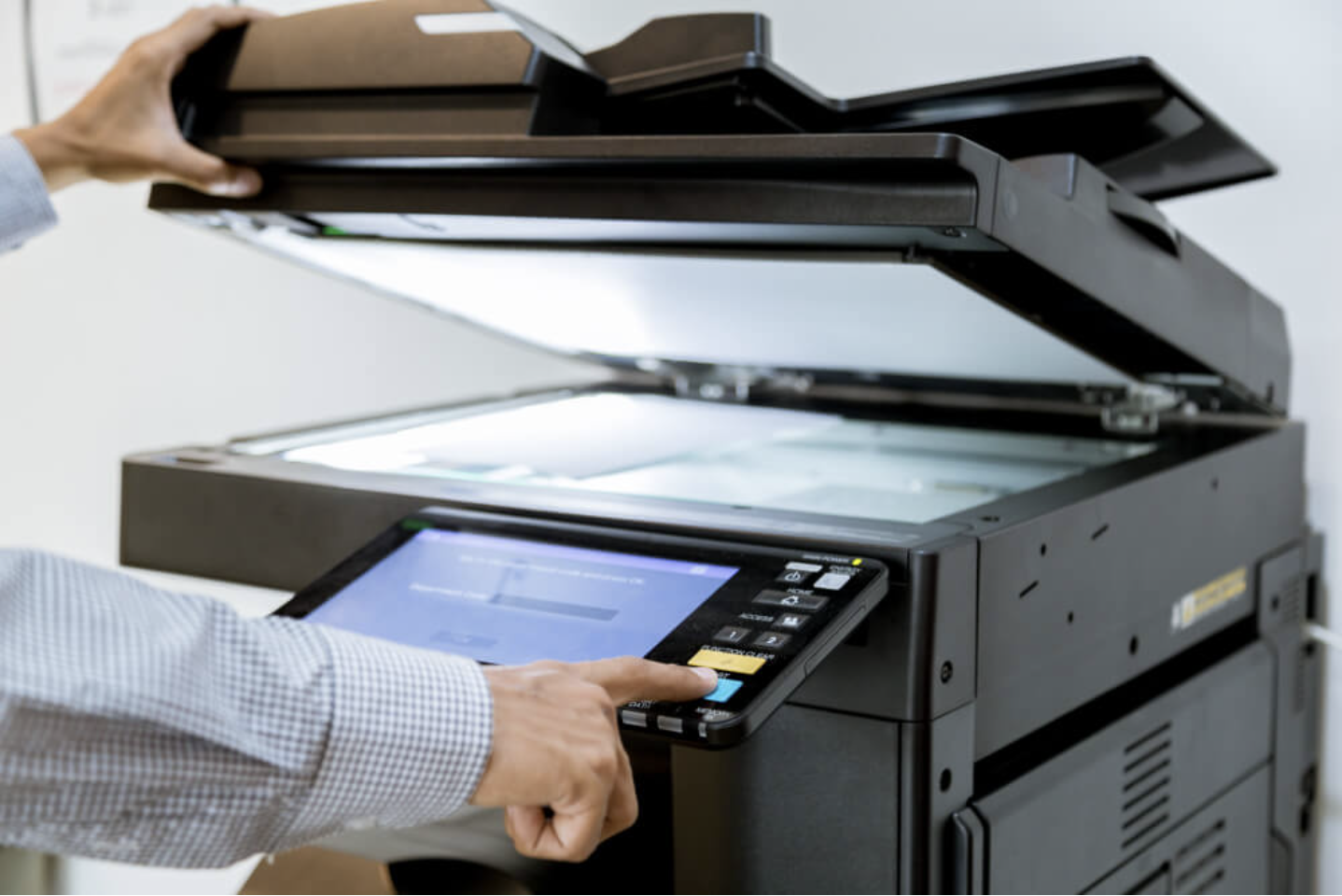
Almost everyone who owns a computer has printed something at some point, whether it’s a document, photo, or another type of file. However, not all printers are the same. There are various types of printers, each designed for different tasks, and some are better suited for specific printing jobs than others. Understanding which printer type you need can ensure your printouts look their best.
A laser printer works differently from other types, like dot matrix or inkjet printers. Instead of using ink to print directly onto paper, a laser printer uses a laser and electricity to transfer toner onto the page.
Here’s how it works: First, the computer sends the print job data to the printer, where it’s temporarily stored in the printer’s memory.
Next, if the print job requires fonts or other elements that the printer doesn’t already have, those are sent to the printer and saved in its memory.
The key concept behind how a laser printer operates is static electricity. The printer’s main component is the photoreceptor, a rotating drum made of photoconductive material that reacts to light. Before printing can begin, the drum is cleaned to remove any remnants of previous prints. Then, the drum receives a positive charge from the corona wire, which is a wire carrying an electrical current.
As the drum rotates, a small laser beam scans across its surface, discharging specific points to create the image or text to be printed. The laser alters the electrical charge in those areas, creating a pattern based on the data in the printer’s memory. This process uses the laser rather than ink or toner to “write” the image onto the drum.
Once the pattern is formed, the printer applies toner, a black powder, to the drum. As the paper is fed into the printer, the toner is transferred to the drum. Since the toner is positively charged, it sticks to the negatively charged areas of the drum but not to the positively charged parts. At this point, the image, along with the toner, is on the drum.
Finally, the paper passes through the fuser, a set of heated rollers. As the paper moves through, the toner melts and fuses with the paper fibers, securing the image onto the paper.
The final step involves the pressure roller, a rubber roller that presses against the fuser roller, squeezing the paper between them. Once the toner is on the paper, the drum is cleaned by a discharge lamp, which erases the image from the drum’s surface, preparing it for the next print job.




